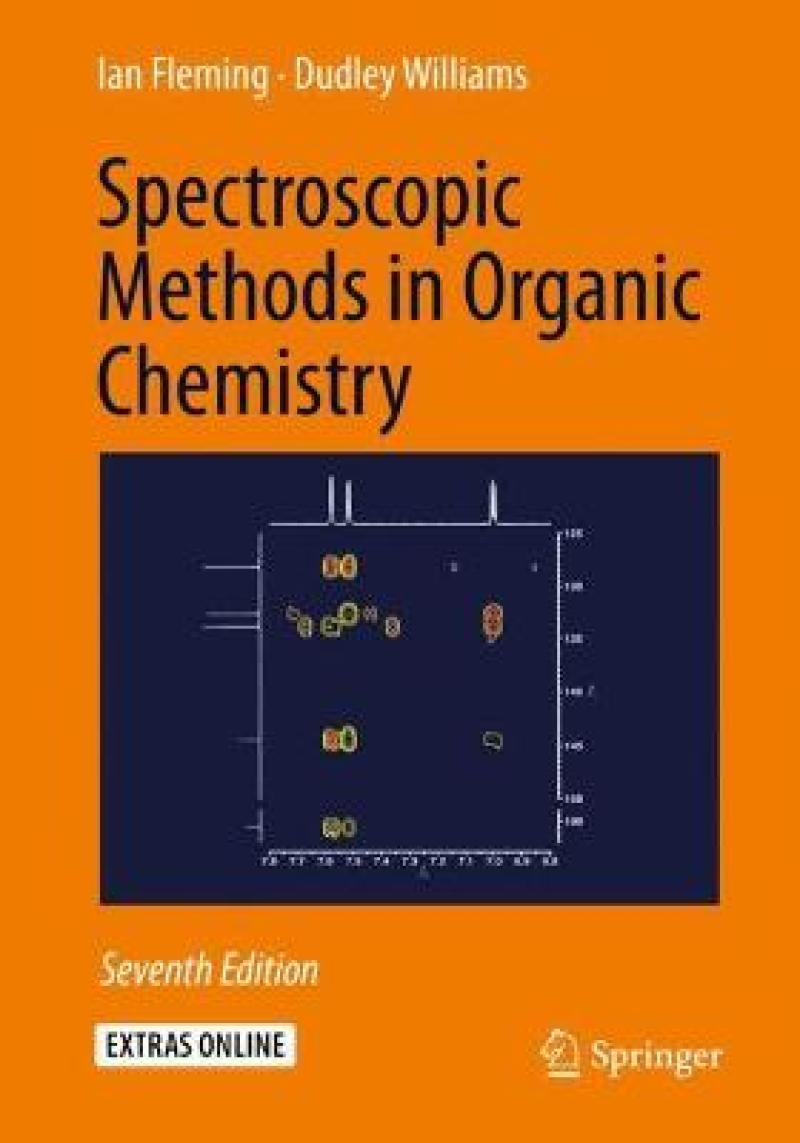This book is a well-established guide to the interpretation of the mass, ultraviolet, infrared and nuclear magnetic resonance spectra of organic compounds. It is designed for students of organic chemistry taking a course in the application of these techniques to structure determination. The text also remains useful as a source of data for organic chemists to keep on their desks throughout their career.
In the seventh edition, substantial portions of the text have been revised reflecting knowledge gained during the author's teaching experience over the last seven years. The chapter on NMR has been divided into two separate chapters covering the 1D and 2D experiments. The discussion is also expanded to include accounts of the physics at a relatively simple level, following the development of the magnetization vectors as each pulse sequence is introduced. The emphasis on the uses of NMR spectroscopy in structure determination is retained. Worked examples and problem setsare included on a chapter level to allow students to practise their skills by determining the chemical structures of unknown compounds.
This book is a well-established guide to the interpretation of the mass, ultraviolet, infrared and nuclear magnetic resonance spectra of organic compounds. Worked examples and problem setsare included on a chapter level to allow students to practise their skills by determining the chemical structures of unknown compounds.
This book is a well-established guide to the interpretation of the mass, ultraviolet, infrared and nuclear magnetic resonance spectra of organic compounds. It is designed for students of organic chemistry taking a course in the application of these techniques to structure determination. The text also remains useful as a source of data for organic chemists to keep on their desks throughout their career.
In the seventh edition, substantial portions of the text have been revised reflecting knowledge gained during the author's teaching experience over the last seven years. The chapter on NMR has been divided into two separate chapters covering the 1D and 2D experiments. The discussion is also expanded to include accounts of the physics at a relatively simple level, following the development of the magnetization vectors as each pulse sequence is introduced. The emphasis on the uses of NMR spectroscopy in structure determination is retained. Worked examples and problem sets are included on a chapter level to allow students to practise their skills by determining the chemical structures of unknown compounds.
